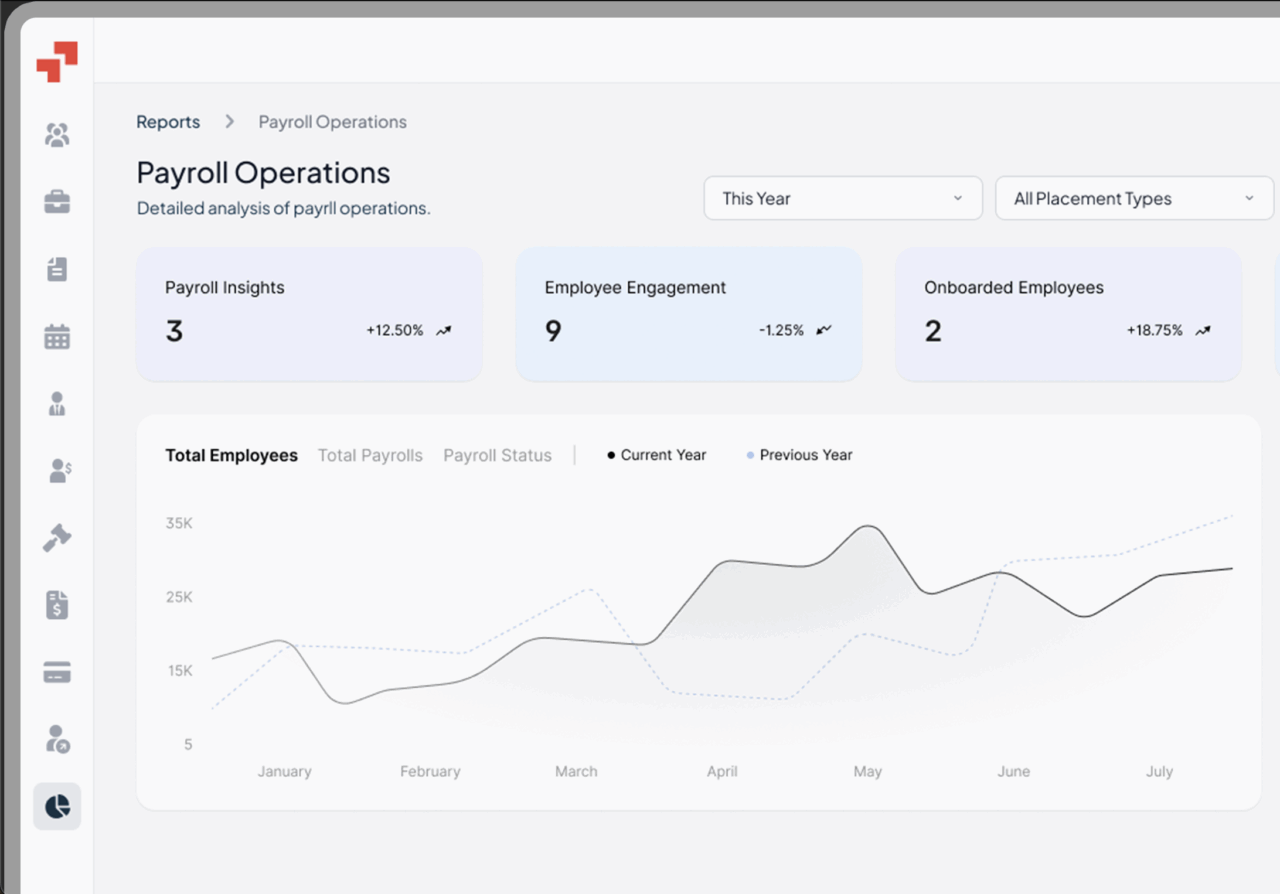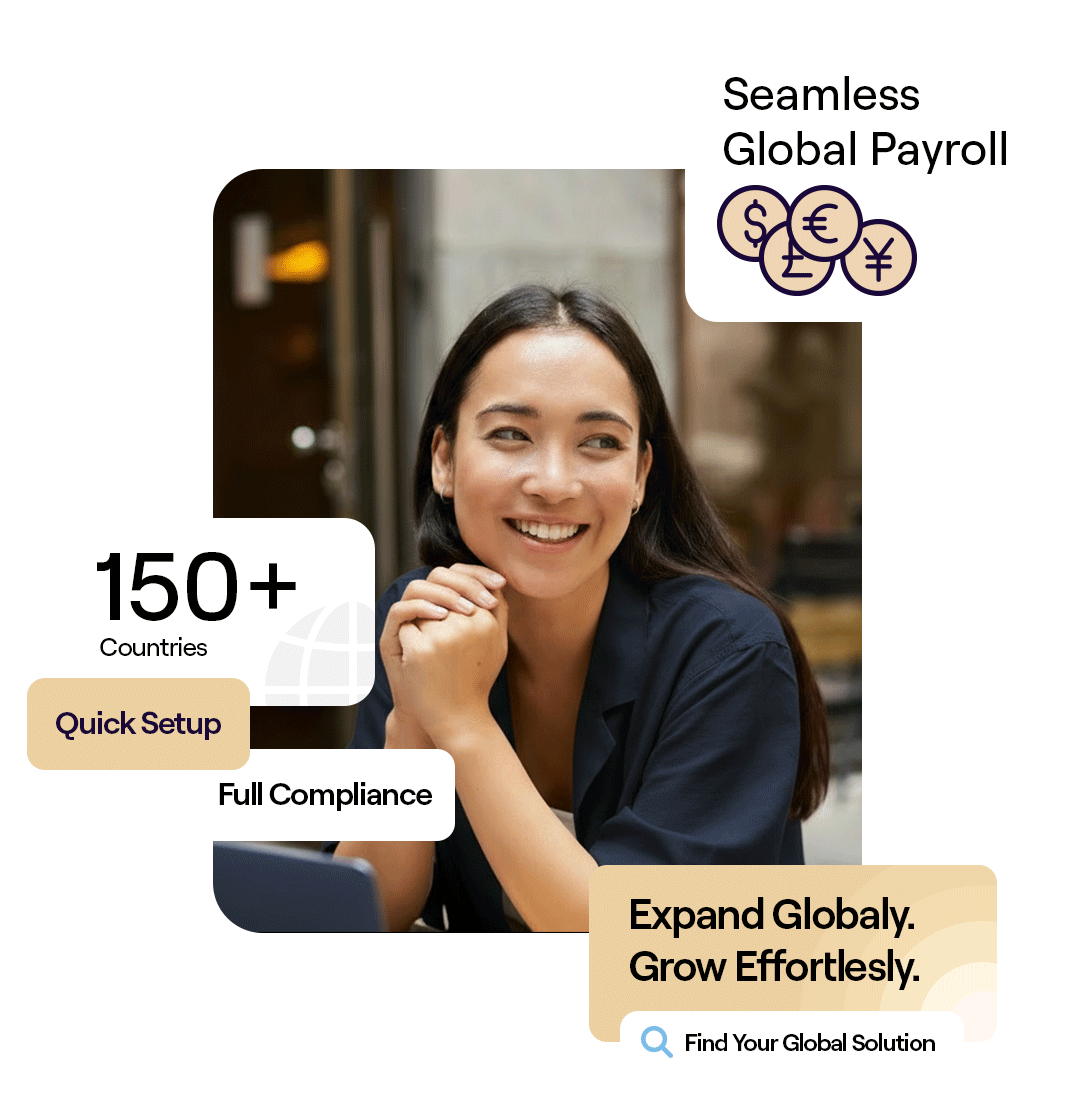Global Workforce GlossaryCompliance Risk Management
Related Terms
Compliance Management
HR Compliance
Misclassification
International Labor Law
Legal Entity Rationalization (LER)
In an era where regulations evolve faster than ever, businesses face mounting pressure to stay compliant while maintaining operational agility. Compliance Risk Management goes beyond ticking boxes—it’s about proactively identifying, assessing, and mitigating risks that could impact reputation, finances, and global expansion. For growing organizations, it serves as a vital strategy to build trust, ensure sustainability, and confidently scale across borders.
Table of Contents
- What is Compliance Risk Management?
- What is a Compliance Risk Management Plan?
- Why is Compliance Risk Management Important?
- How Many Pillars of Compliance Risk Management Are There?
- Compliance Risk Management Software
- What Are the Three Components of Compliance Risk Management?
- What is Regulatory Compliance Risk Management
- Compare Compliance vs Risk Management
- Compliance Risk Management Guidelines
- How Does Compliance Risk Management Work?
- Example to Understand Compliance Risk Management
- PamGro: Simplifying Compliance Risk Management for Global Expansion
What is Compliance Risk Management?
Compliance risk management is the process of identifying, assessing, and mitigating risks that arise when a business fails to follow laws, regulations, or internal policies.
It ensures organizations remain compliant with industry-specific obligations and avoid financial losses, reputational harm, and legal penalties. Non-compliance can lead to significant regulatory penalties from government organizations, making proactive management essential.
At its core, compliance risk management creates structured systems that monitor compliance processes and address potential risks across different functions such as finance, HR, and health and safety. A strong compliance strategy helps build a culture of accountability, in line with the accountability act, and minimizes exposure to costly regulatory actions.
A strong compliance culture at the executive level emphasizes the importance of compliance and ethical behavior within an organization. Additionally, a culture of integrity and accountability fosters trust among customers, investors, and partners.
What is a Compliance Risk Management Plan?
A compliance risk management plan is a structured framework outlining how an organization identifies, evaluates, and mitigates compliance risks. It defines responsibilities, sets policies, and establishes monitoring mechanisms to ensure compliance obligations are consistently met.
An effective plan typically includes regular risk assessments, internal controls, employee training, and reporting structures. By aligning with both regulatory requirements and business goals, companies can develop a proactive compliance culture. Conducting a comprehensive risk assessment is a critical first step in compliance risk management.
Regular training on compliance policies and relevant regulations is essential for educating employees about their compliance responsibilities and the consequences of breaches. This plan becomes the foundation for managing compliance and risk management holistically, ensuring organizations avoid surprises from regulators or auditors.
Why is Compliance Risk Management Important?
Compliance risk management is important because it safeguards organizations from penalties, lawsuits, and operational disruptions caused by non-compliance. It’s not just about following rules—it’s about protecting reputation, finances, and long-term growth. Non-compliance incidents can lead to significant reputational damage, causing businesses to experience a 30% average loss in value. The average cost of non-compliance for businesses is approximately $15 million, underscoring the financial risks involved.
When companies integrate compliance and risk management into daily operations, they gain trust from stakeholders and customers. For global businesses, it also ensures smoother international expansion by addressing jurisdiction-specific laws. Trust is a valuable asset that enhances brand reputation and provides a competitive advantage. Incorporating compliance into strategic planning allows companies to make informed decisions. Without such systems, companies face challenges like data breaches, workplace accidents, or financial misconduct—all of which can erode competitiveness.
How Many Pillars of Compliance Risk Management Are There?
Compliance risk management is often explained through four foundational pillars: identification, assessment, mitigation, and monitoring within the regulatory environment . These pillars form a continuous cycle that ensures compliance obligations are systematically managed.
Some industries expand the concept into additional pillars, such as reporting and continuous improvement, depending on regulatory intensity. Regardless of the number, the central idea remains: compliance processes must be embedded into business culture and revisited regularly to keep pace with changing risks.
Compliance Risk Management Software
Compliance risk management software is a digital solution that helps organizations automate compliance monitoring, reporting, and documentation. It reduces manual errors, centralizes compliance data, and provides real-time alerts on regulatory changes.
These tools often include dashboards for tracking compliance risks, audit logs, and workflow management features. Industries such as healthcare, banking, and manufacturing rely heavily on such software to manage complex regulatory frameworks and avoid financial penalties. Healthcare companies must comply with the Health Insurance Portability and Accountability Act (HIPAA) to protect patient privacy and data. Investing in compliance management tools allows businesses to streamline compliance processes, reduce costs, and enhance transparency.
What Are the Three Components of Compliance Risk Management?
The three main components are policies, procedures, and controls. Together, they form the backbone of compliance risk management strategies.
- Policies set the standards for acceptable behavior and obligations.
- Procedures explain how policies are implemented in daily operations.
- Controls are the mechanisms (manual or automated) that monitor adherence and detect violations.
For example, in financial services, anti-money laundering policies, transaction monitoring procedures, and internal audit controls work together to prevent compliance breaches.
What is Regulatory Compliance Risk Management
Regulatory compliance risk management focuses specifically on adhering to external laws and regulations within the broader scope of risk management and compliance imposed by governments or industry regulators. This may include financial reporting standards, data protection laws like GDPR, or health and safety requirements. In the financial sector, firms must adhere to strict regulations like International Financial Reporting Standards (IFRS), making compliance risk a major concern.
Organizations must regularly review regulatory updates to avoid violations. For multinational firms, regulatory compliance can be especially complex, as requirements vary across countries. Establishing a strong compliance strategy ensures that businesses maintain trust with regulators and minimize risks of fines or shutdowns.
Source:
Compare Compliance vs Risk Management
Compliance management and risk management are closely related but not identical. Compliance management ensures that organizations follow laws, policies, and standards. Risk management, on the other hand, is broader and focuses on identifying, assessing, and mitigating all types of risks—including strategic, operational, and financial.
Compliance is fundamentally about risk aversion, while risk management emphasizes value creation by identifying and controlling areas where losses may occur. Addressing compliance needs tends to be tactical in nature, while risk management is more strategic due to the unique situations of each organization.
In practice, compliance risks and operational risks are a subset of overall business risks. By integrating compliance into the wider risk management framework, companies strengthen resilience, reduce vulnerabilities, and foster a compliance culture that supports growth. Compliance is often siloed within organizations, while effective risk management benefits from an integrated approach across departments.
Compliance Risk Management Guidelines
Compliance risk management guidelines are structured recommendations from regulators, industry bodies, or internal compliance teams. They define best practices for identifying and mitigating compliance risks. Compliance risk management requires the implementation of strong internal policies and regular internal audits. Utilizing external auditors can provide an objective assessment of compliance status and practices.
Examples include:
- Developing a compliance risk register to track obligations and risks.
- Conducting regular audits to test the effectiveness of compliance processes.
- Providing employee training on compliance obligations and ethics.
- Documenting risk assessments for accountability.
Following regulatory guidelines not only ensures adherence to regulations but also demonstrates due diligence to stakeholders and regulators.
Source:
How Does Compliance Risk Management Work?
Compliance risk management works by creating an ongoing cycle of risk identification, evaluation, mitigation, and monitoring. It starts with understanding compliance obligations across departments, then implementing policies and controls to manage them. Supply chains present compliance hurdles, such as customs regulations and ethical sourcing standards, requiring a proactive approach with strong oversight. Whistleblower reporting systems can help identify compliance issues early and reinforce a transparent organizational culture.
Technology plays a significant role by automating monitoring, issuing alerts, and ensuring accurate reporting. When combined with strong leadership commitment and employee awareness, compliance processes become part of everyday operations. This holistic approach reduces exposure to compliance risks while supporting organizational resilience.
Example to Understand Compliance Risk Management
Consider a SaaS startup expanding into Europe. The company must comply with GDPR for data protection, EU labor laws, and local tax obligations. Without compliance risk management, it risks fines, reputational damage, and operational delays.
By implementing a compliance risk management plan, the company develops policies for data handling, trains employees on privacy standards, and uses compliance software to monitor risks. When regulators update GDPR guidelines, automated alerts help ensure immediate compliance. This proactive compliance strategy safeguards the startup’s growth and builds customer trust.
PamGro: Simplifying Compliance Risk Management for Global Expansion
Compliance risk management is essential for any business expanding internationally, ensuring adherence to industry standards while navigating specific compliance risks, health and safety regulations, and local labor laws can be overwhelming. That’s where PamGro steps in.
As a trusted Employer of Record (EOR), PamGro manages corporate compliance obligations across multiple jurisdictions—covering payroll, contracts, and regulatory filings—so you don’t have to establish costly foreign entities. Our tailored compliance management services reduce financial losses, minimize risks, and give you peace of mind when hiring globally.
👉 Ready to expand confidently? Talk to PamGro’s experts today and simplify compliance risk management for your international growth
Hire the Best Talent, Anywhere






